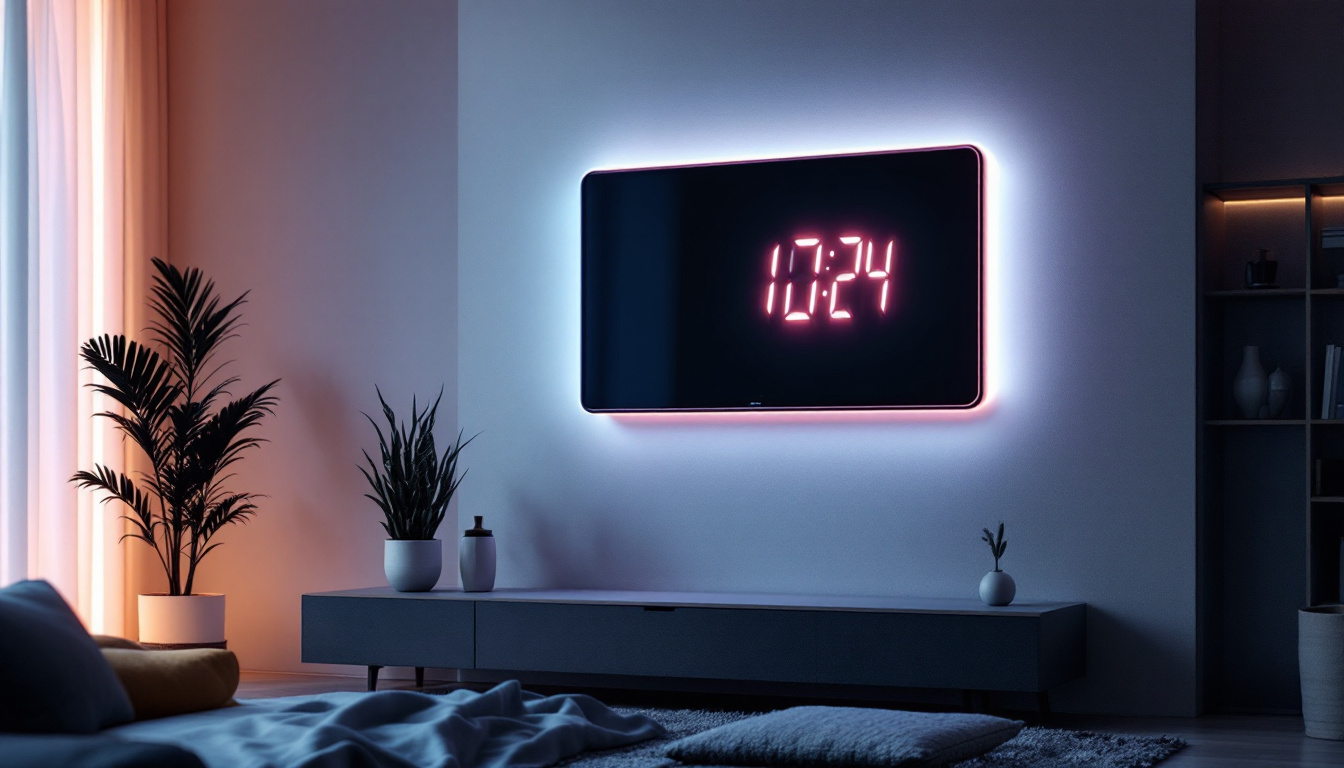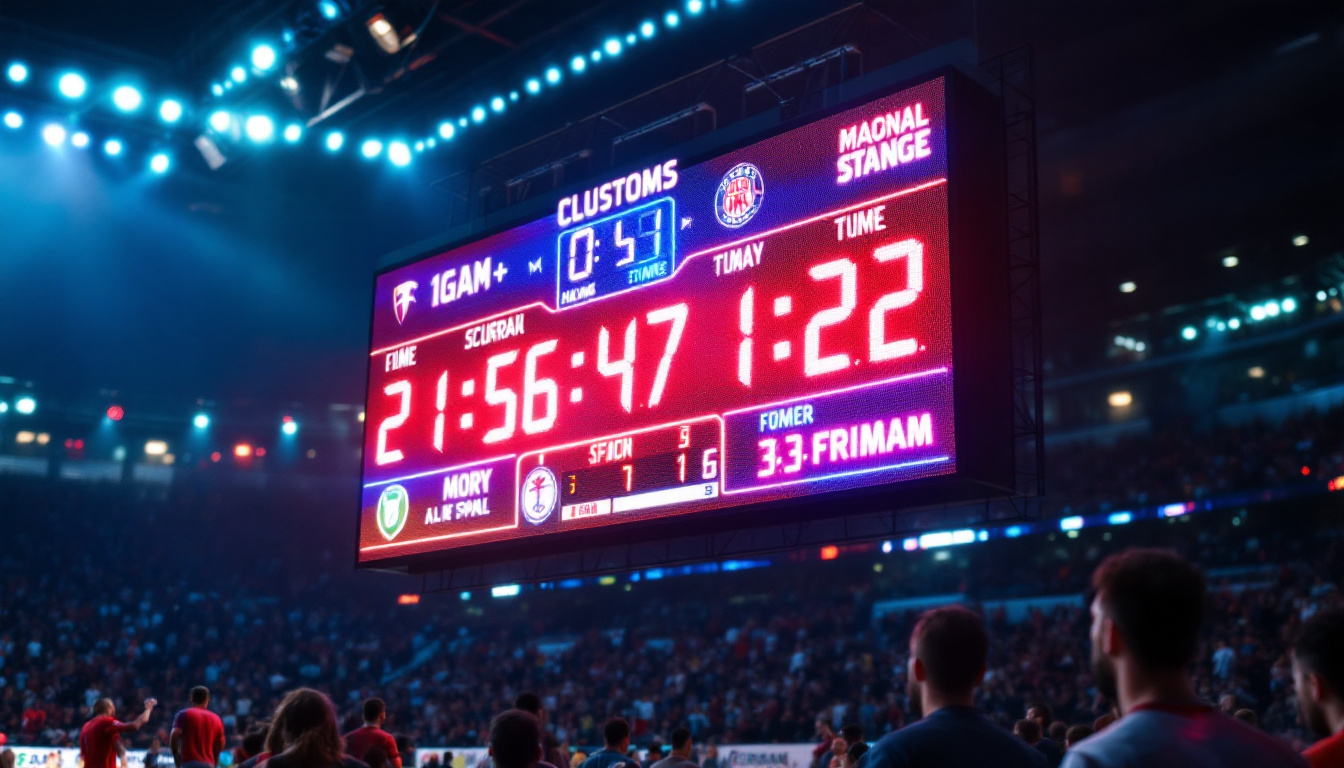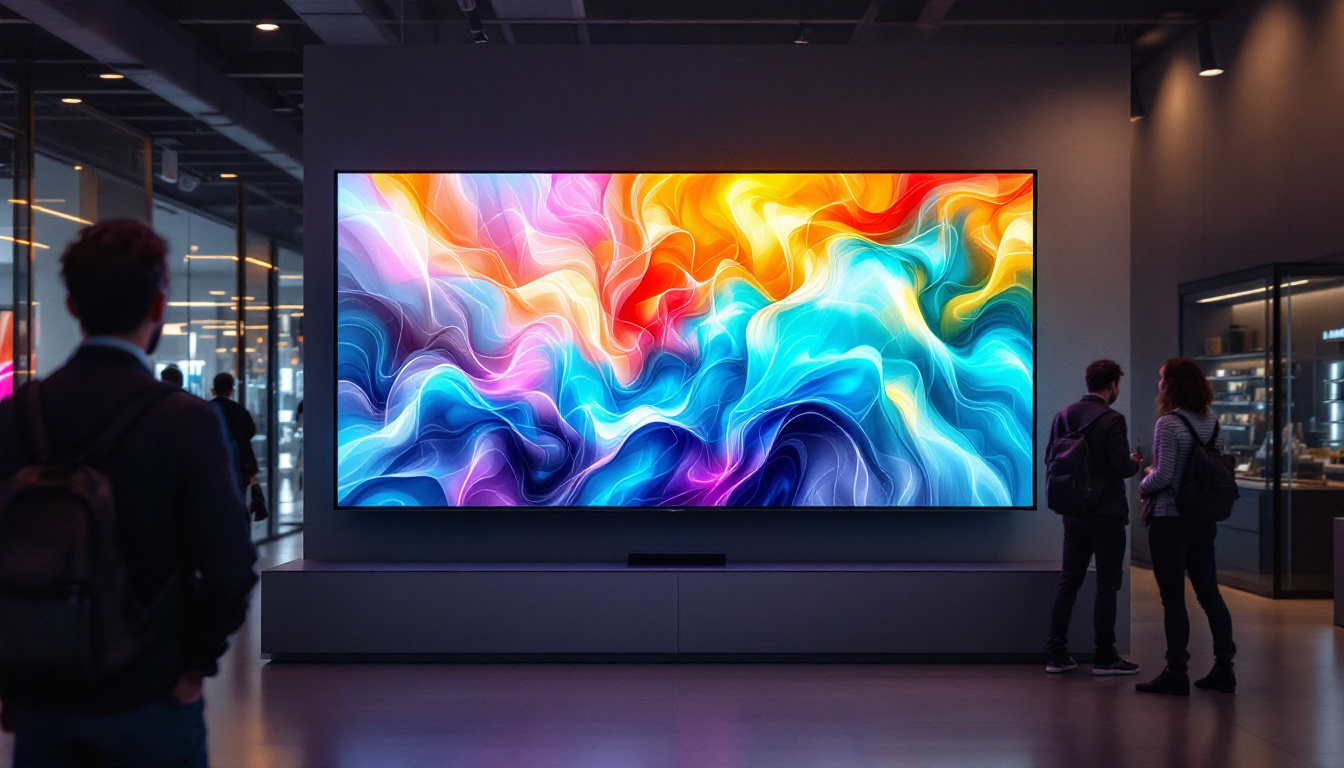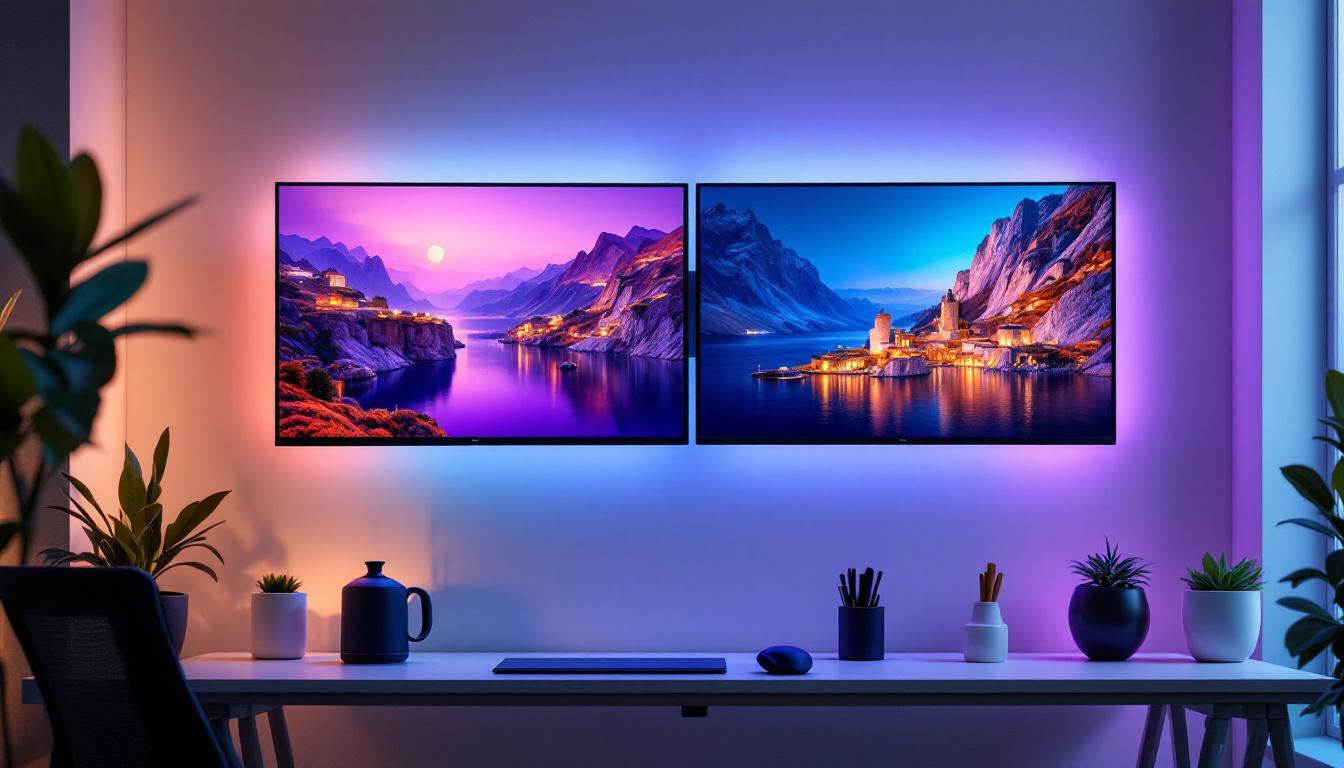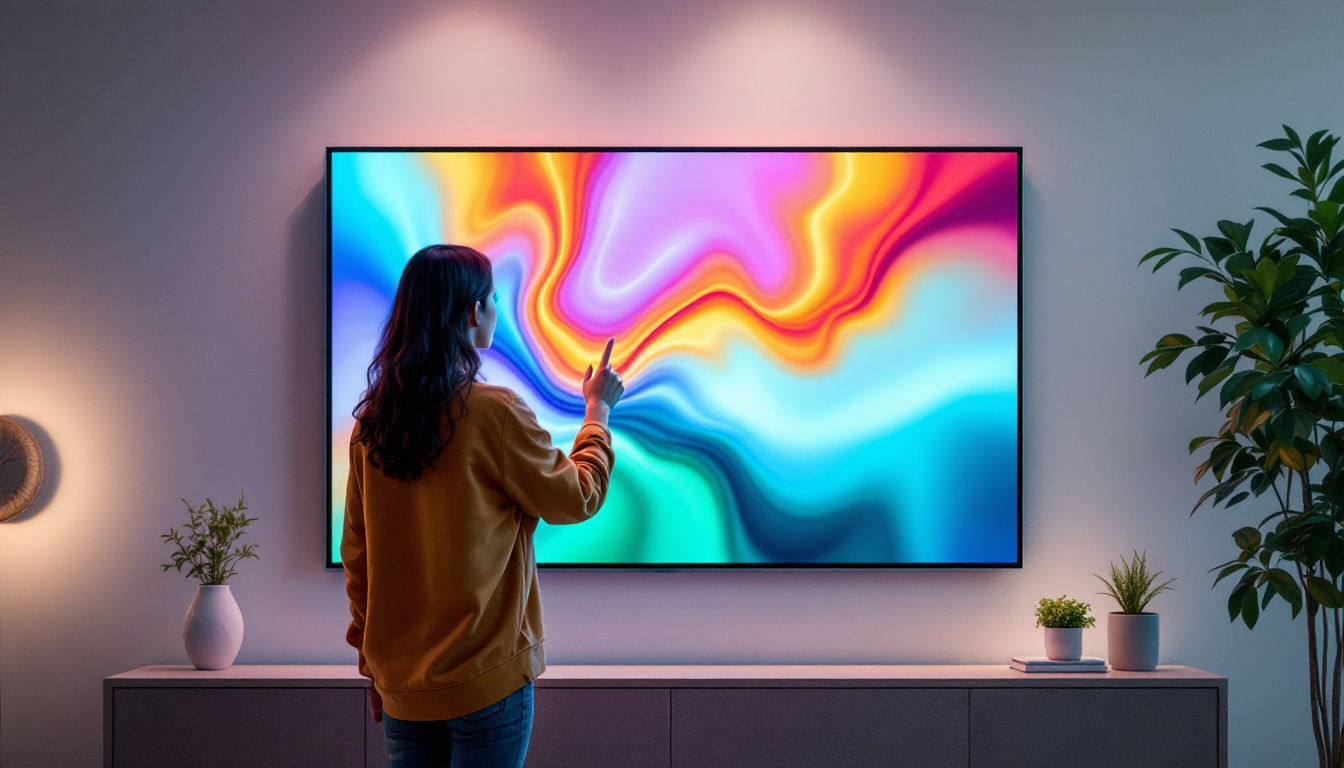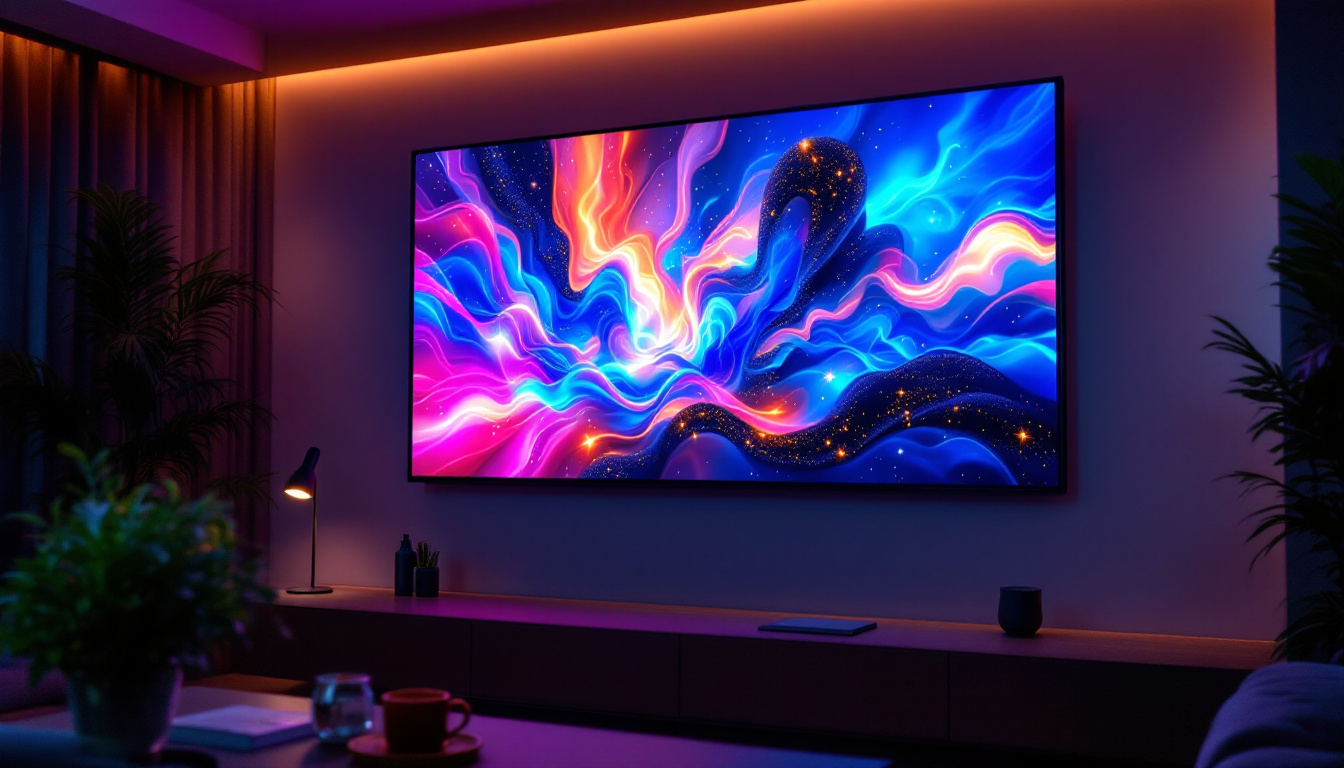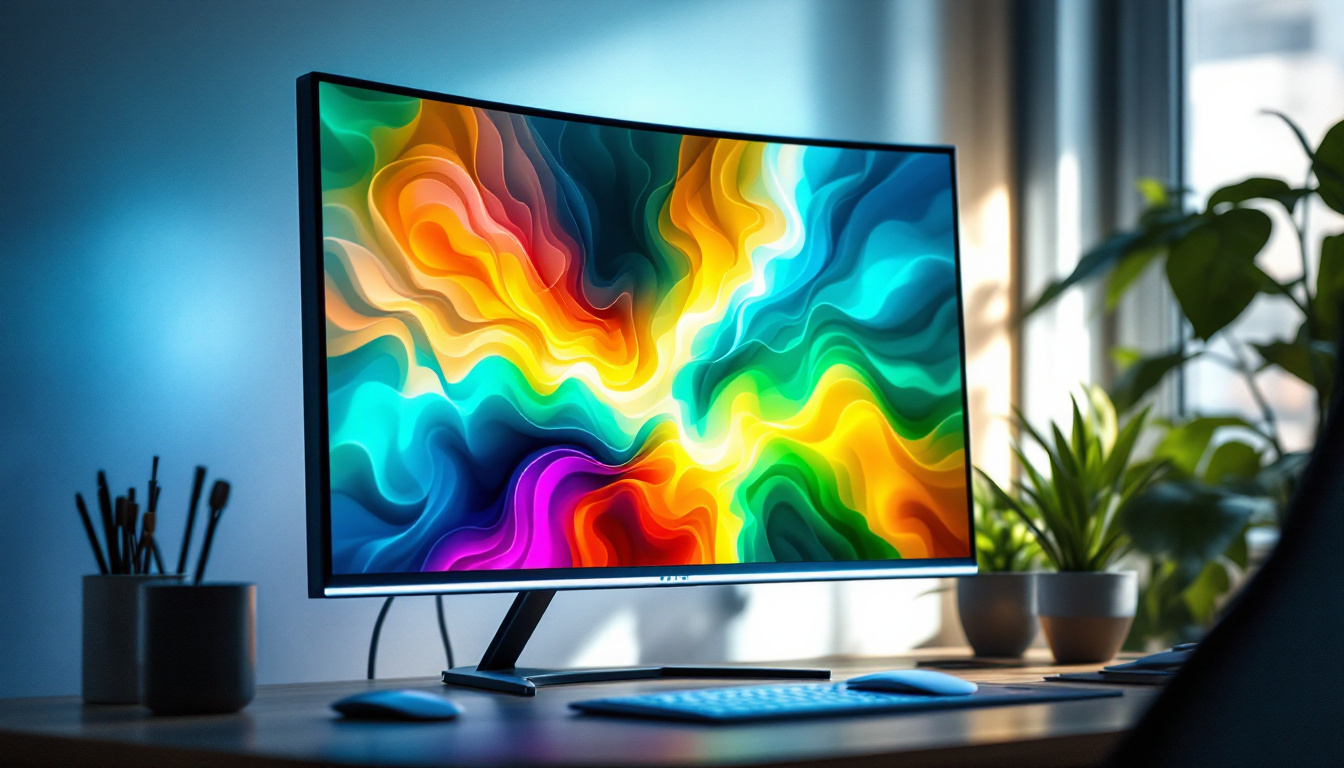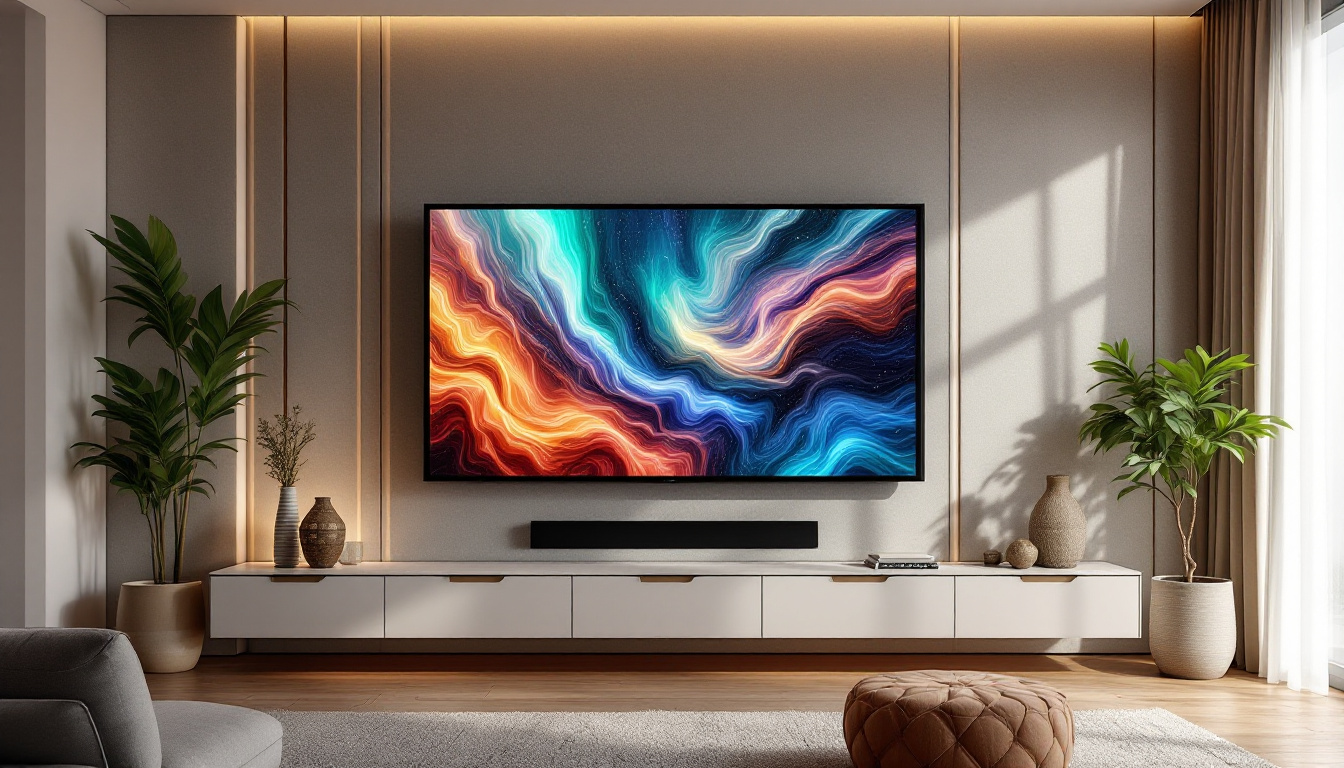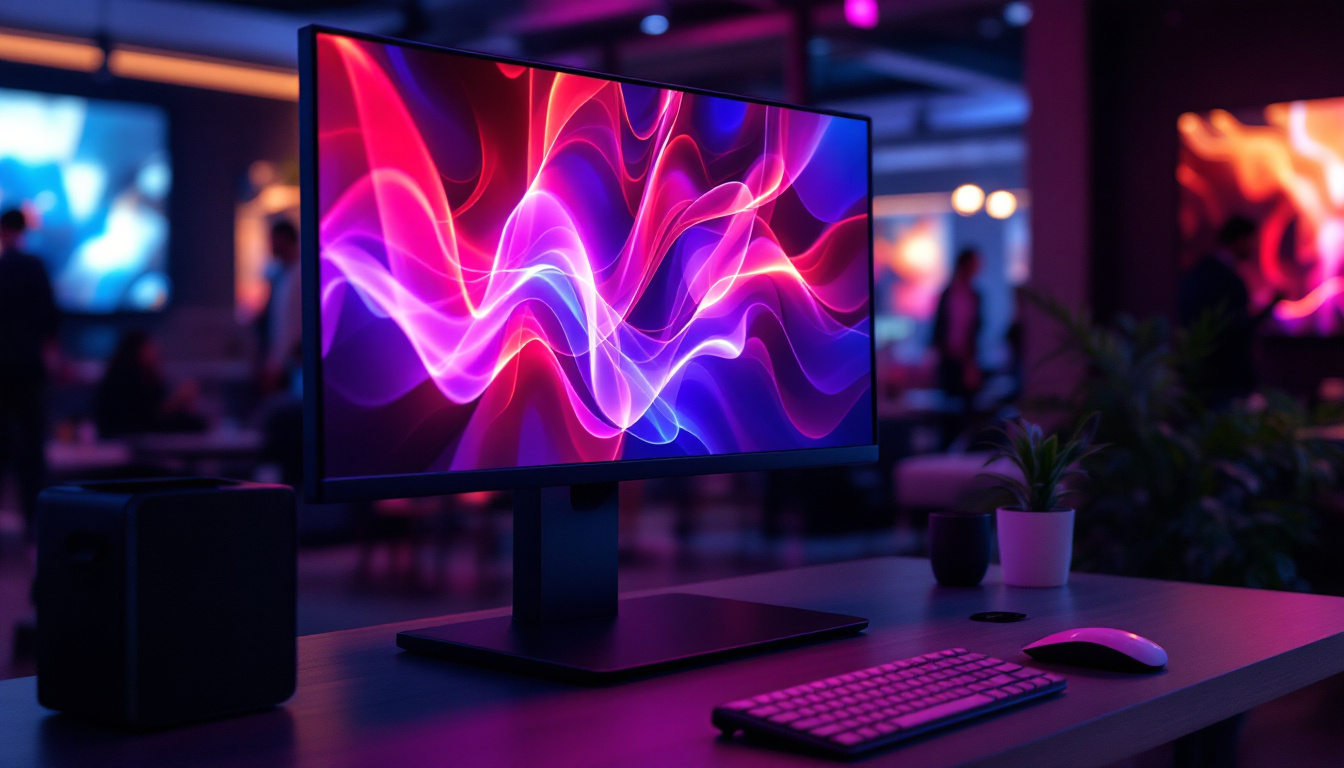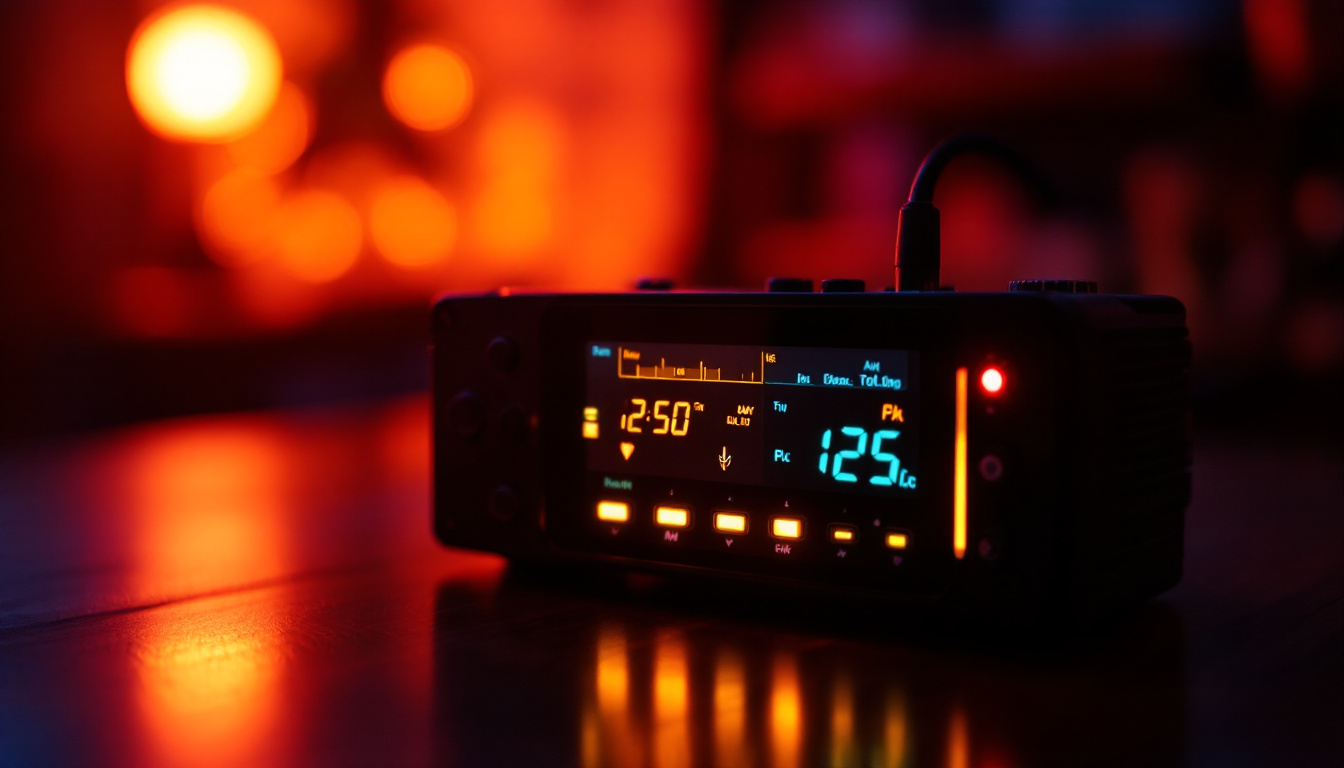In the world of technology, measurements play a crucial role in understanding the dimensions and specifications of devices, especially in the realm of displays. One common conversion that often arises is from millimeters (mm) to inches (in). This article will delve into the specifics of this conversion, particularly in the context of LED displays, which are ubiquitous in modern technology.
Understanding the Basics of Measurement Conversion
Measurement conversion is essential for various applications, from engineering to everyday tasks. The metric system, which includes millimeters, is widely used across the globe, while the imperial system, featuring inches, is predominantly used in the United States. Knowing how to convert between these systems is vital for anyone working with physical dimensions. This knowledge is not only beneficial for professionals in fields such as construction and design but also for individuals engaging in DIY projects at home. For instance, when following a recipe that uses metric measurements, understanding how to convert those measurements into imperial units can make a significant difference in the outcome of the dish.
Why Convert Millimeters to Inches?
Converting millimeters to inches is particularly important in industries where precision is paramount. For instance, in the manufacturing of LED displays, accurate measurements ensure that components fit together seamlessly. Additionally, consumers often prefer to understand dimensions in inches, as it is a more familiar unit in certain regions. This preference can lead to a smoother shopping experience, especially in sectors such as furniture and home improvement, where dimensions are often listed in inches. Moreover, in fields like automotive engineering, where every millimeter can affect performance, the ability to convert measurements accurately can be critical in ensuring that parts are manufactured to the correct specifications.
The Conversion Formula
The conversion from millimeters to inches is straightforward. The formula used is:
Inches = Millimeters / 25.4
Using this formula, one can easily convert any measurement in millimeters to inches. For example, to convert 1.2 mm to inches, the calculation would be:
1.2 mm / 25.4 = 0.04724 inches
It is worth noting that while the formula provides a quick way to convert measurements, using digital tools and calculators can enhance accuracy and efficiency. Many online converters and mobile applications are available that not only perform these calculations but also allow users to switch between various units of measurement effortlessly. This technology is particularly useful in industries that require rapid conversions, such as textiles, where fabric widths may need to be converted frequently between metric and imperial systems. Understanding these tools can save time and reduce the risk of errors in calculations, ultimately leading to better results in any project.
LED Displays: A Brief Overview
LED displays have revolutionized the way information is presented, providing vibrant colors and high contrast ratios. These displays are composed of numerous tiny light-emitting diodes (LEDs) that work together to create images and text. Understanding their construction and functionality is crucial for appreciating their applications. The technology behind LED displays has advanced significantly over the years, leading to improvements in energy efficiency, lifespan, and overall performance. As a result, LED displays are now ubiquitous in various sectors, from consumer electronics to large-scale outdoor advertising.
Components of an LED Display
An LED display consists of several key components, including the LED matrix, driver circuitry, and control systems. The LED matrix is the arrangement of diodes that produce light, while the driver circuitry controls the power and signals sent to the LEDs. The control systems manage how the display operates, including the content shown and the refresh rate. Additionally, many modern LED displays incorporate advanced technologies such as image processing chips that enhance picture quality by adjusting brightness and contrast dynamically based on the content being displayed. This ensures that viewers receive the best possible visual experience, regardless of the ambient lighting conditions.
Types of LED Displays
There are various types of LED displays, each suited for different applications. Common types include:
- Direct View LED Displays: These are large screens used for advertising and public displays, often seen in stadiums, shopping malls, and concert venues. Their ability to deliver bright, eye-catching visuals makes them ideal for capturing attention in crowded environments.
- LED Backlit Displays: Commonly found in televisions and monitors, these displays use LEDs to illuminate an LCD panel. This technology allows for thinner screens and improved energy efficiency compared to traditional fluorescent backlighting.
- Organic LED (OLED) Displays: These displays use organic compounds to emit light and are known for their superior color accuracy and contrast. OLED technology allows for deeper blacks and a wider viewing angle, making it a popular choice for high-end televisions and smartphones.
In addition to these common types, there are also specialized LED displays designed for niche applications. For instance, flexible LED displays can be bent or shaped to fit unconventional spaces, making them perfect for creative installations and unique architectural designs. Furthermore, transparent LED displays are emerging as a fascinating innovation, allowing for the integration of digital content into glass surfaces without obstructing visibility. This technology is particularly appealing for retail environments, where it can enhance product displays while maintaining an open and airy feel.
Importance of Size in LED Displays
Size is a critical factor in the effectiveness of an LED display. The dimensions can influence visibility, resolution, and overall user experience. Understanding how to convert sizes is essential for designers and manufacturers alike. The choice of size not only affects the aesthetic appeal of the display but also plays a significant role in how effectively the intended message is communicated to the audience. For example, a large outdoor LED billboard can capture the attention of passersby from a distance, while a smaller indoor display can create an intimate atmosphere suitable for presentations or interactive experiences.
Pixel Pitch and Its Significance
Pixel pitch refers to the distance between the centers of two adjacent pixels, typically measured in millimeters. This measurement is crucial because it affects the display’s resolution and clarity. A smaller pixel pitch means more pixels in a given area, resulting in higher resolution and sharper images. This is particularly important in applications where detail is paramount, such as in digital signage for museums or art galleries, where the clarity of images can enhance the viewer’s experience. Conversely, a larger pixel pitch might be acceptable for displays intended for viewing from a distance, such as stadium screens, where the audience is not expected to be close to the display.
How Size Affects Viewing Distance
The size of an LED display also impacts the optimal viewing distance. Larger displays can be viewed from greater distances without sacrificing image quality. Conversely, smaller displays are best viewed up close. Understanding these dynamics helps in selecting the right display for specific environments, such as retail spaces or conference rooms. For instance, in a retail environment, a large LED display positioned high on a wall can attract customers from afar, while smaller screens placed at eye level can provide detailed product information or promotional content. Additionally, the aspect ratio of the display can also influence how the content is perceived; a wider display may be more effective for panoramic images or videos, enhancing the overall impact of the visual experience.
Converting 1.2 Mm to Inches in Practical Applications
When dealing with LED displays, the conversion of 1.2 mm to inches can have practical implications. For instance, knowing the exact size of components can affect the design and layout of the display.
Applications in Design and Manufacturing
In the design phase, engineers must consider the dimensions of each component. A measurement of 1.2 mm might refer to the thickness of a casing or the spacing between LEDs. Converting this measurement to inches can help in visualizing the overall design in a more familiar unit.
Impact on Consumer Products
For consumer products, such as televisions or smartphones, understanding the dimensions in inches can enhance marketing and user experience. Consumers often relate better to inch measurements, making it easier for them to comprehend the size of a display. This can influence purchasing decisions significantly.
Challenges in Measurement Conversion
While converting measurements seems straightforward, several challenges can arise, particularly in technical fields. Misunderstandings or errors in conversion can lead to significant issues in design and manufacturing.
Common Mistakes in Conversion
One of the most common mistakes is miscalculating the conversion factor. Since 1 inch equals 25.4 mm, using an incorrect factor can lead to discrepancies. Additionally, rounding errors can accumulate, especially in large projects where precision is critical.
Tools for Accurate Conversion
To avoid errors, various tools are available for accurate measurement conversion. Online calculators, conversion apps, and even built-in features in design software can facilitate this process. Utilizing these tools can save time and reduce the risk of mistakes.
Future Trends in LED Display Technology
The LED display industry is continually evolving, with advancements in technology leading to improved performance and new applications. Understanding measurement conversions will remain essential as these technologies develop.
Emerging Technologies
Innovations such as MicroLED and MiniLED are pushing the boundaries of display technology. These advancements promise higher resolutions and better energy efficiency. As these technologies become more prevalent, the need for precise measurements will only increase.
Integration with Smart Technologies
As LED displays integrate with smart technologies, the specifications and dimensions will be critical. For instance, displays that adapt to their environment or interface with other smart devices will require precise measurements to function effectively.
Conclusion
Understanding the conversion from 1.2 mm to inches is just one aspect of navigating the complex world of LED displays. As technology continues to advance, the importance of accurate measurements and conversions will remain paramount. Whether for design, manufacturing, or consumer understanding, being proficient in these conversions can significantly impact the effectiveness and success of LED display applications.
Explore Cutting-Edge LED Display Solutions
Ready to experience the future of visual communication? LumenMatrix is at the forefront of LED display innovation, offering a wide range of solutions tailored to your needs. From captivating Indoor LED Wall Displays to dynamic Vehicle LED Displays and beyond, our technology is designed to elevate your brand and engage your audience like never before. Discover the transformative power of our LED display modules and take the first step towards creating unforgettable visual experiences. Check out LumenMatrix LED Display Solutions today and see your vision come to life.









